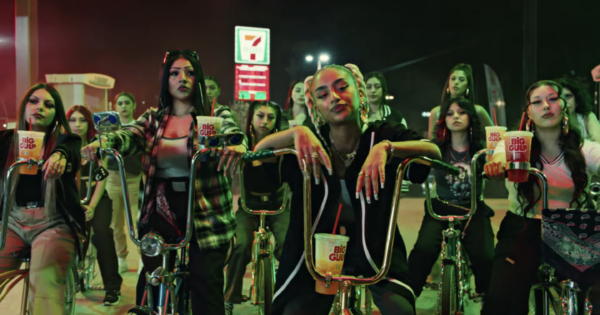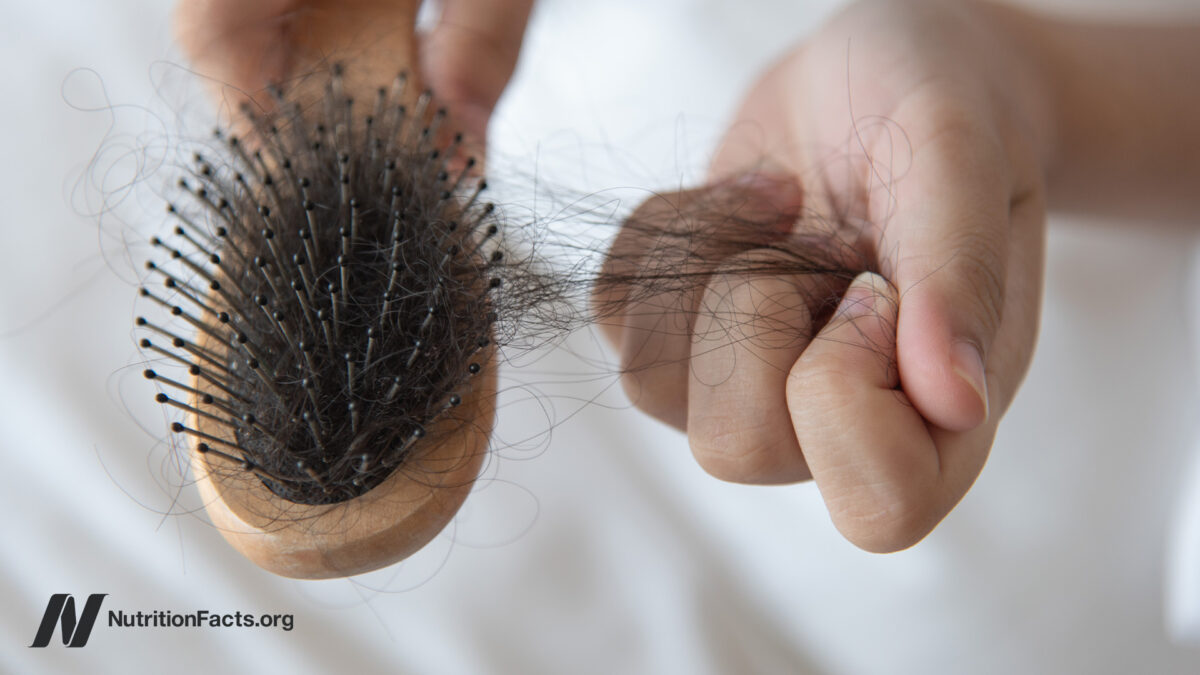TikTok and Instagram search—what brands need to know about social's next battlefield
Social platforms want to crack search marketing, but there are still some drawbacks for sophisticated marketers.

The rivalry between TikTok and Instagram is heating up within the search bar. The social media giants are both developing search advertising products that could change the way the next generation finds new products and services. Marketers are interested in the potential for social search, but many said there is a long way to go before social media usurps Google and Amazon in driving commerce through search ads.
“I think if you're searching for a fun video or something like that, sure, TikTok is going to have a lot of search [potential], and so could Instagram,” said Bryan Karas, CEO of Playbook Media, the performance marketing agency. “But the question is, are you searching with intent … especially the intent to buy or the intent to transact, because that's what advertisers care about.”
The traditional search advertising business is a mature ecosystem, built around marketing specialists who are adept at analyzing keywords, tracking clicks, and managing automated campaigns. Now, those experts need to hone their skills for a new type of search. Last year, TikTok launched search ads in a limited test that it started to roll out more broadly last month. Instagram also released search ads last month. The sites will deliver ads when users type phrases into the search bar, when they are looking for tips about beauty, cooking, travel and other categories relevant to brands.
Search on social apps is a different experience for users than it is on Google, Bing or Amazon. On the native search and commerce sites, shoppers send clear signals that they are interested in shopping. People are on Google to learn about products, and they are often in a shopping mood. On TikTok and Instagram, users are typically in “discovery” mode; checking out content, not necessarily ready to buy.
“[If] people want to search for the latest makeup or the latest styles, or anything, that's where search wins,” Karas said.
More news: Meta opens brand safety tools in social media feeds
Searching for revenue
TikTok, which is owned by Chinese-based ByteDance, has been more aggressive in fostering search as an activity, compared to Instagram, according to marketers. TikTok’s product is still limited to select advertisers, but it has built up the tools that could make search ads more useful. For instance, last month, TikTok launched a new webpage where it distributes “keyword insights,” so marketers see trending phrases and how they apply to different categories. For instance, the apparel category shows keywords like “casual,” “spring” and “dress,” terms that align with products and styles that are getting the most attention.
TikTok and Instagram do not have keyword options to buy search ads. For now, marketers extend their everyday campaigns by selecting search placements as an option within the ad platforms. The platforms do the decision-making on when they appear and inside what searches. Advanced marketers, especially those with search expertise, typically want “hands-on-keyboard” control, meaning they adjust the setting manually, to manage keywords and boost their performance.
TikTok and Instagram both must develop reporting, too, so marketers can measure how much their search ads affected the rest of their campaigns. Did a person click into a product from a search query, or from the feed environment? If consumers are lured to shop from social search, then the marketers want to know which keywords were most effective.
TikTok and Instagram have not revealed details about their search plans and declined to comment for this story.
The search competition is an important one for the two social media giants. Both companies are trying to make advertising more relevant and to get useful data from consumers, which in turn goes back into their ad algorithms to make all ads more effective. Data is a prized commodity right now, as device makers and browsers cut off data from apps, as Apple has done on the iPhone and Safari browser. Social media apps no longer have guaranteed visibility into consumer behavior outside of their apps, so any activity inside their walls could help make ads work better.
Also, Meta-owned Instagram and TikTok need to ramp up ad dollars. TikTok is expected to generate $14.15 billion in ad revenue this year, up from $9.9 billion in 2022, according to Insider Intelligence. TikTok’s ad revenue growth rate could fall from 155% year over year in 2022 to 43% this year, according to Insider Intelligence. Meta’s ad revenue declined 4% year over year to $27.2 billion in the fourth quarter, according to its latest financial results.
“This is the year to double-down on efficiency, and marketers are having a hard time finding customers,” said Benjamin Cole, senior director of global partnerships at AppsFlyer, a measurement provider. “This doesn’t necessarily mitigate things like ATT [Apple’s anti-tracking changes], but it does add a layer of capability to the companies that have had a rough time.”
Keyword trends
Search is the next frontier for social apps, because of the changes in consumer behavior. Younger people are discovering new products and services just by seeing them pop up in their social media feeds. Here TikTok has had an advantage over Instagram, as well, according to marketers. TikTok is propelling commerce trends that lead people to conduct searches on Google or Amazon, according to Mohini Lakhani, senior digital account manager at The Kite Factory, the independent media agency. “TikTok itself is the one-stop shop as to all kinds of search queries,” Lakhani said. “We’re looking at trying to encourage a lot of our clients to create an organic TikTok strategy.”
Brands see that consumers are turning to Google and Amazon, but they are searching for that “TikTok” product they just saw, Lakhani said. Marketers need to understand how the social media activity, could affect all search, Lakhani said.
Meanwhile, the social search craze is not reserved to TikTok and Instagram. YouTube is developing Shorts videos, which are in the same class as TikTok videos and Instagram Reels. Google owns YouTube, so search strategies are highly evolved across that platform. Pinterest, too, pioneered social-as-search activity.
Organic results
“We’re taking phrases and keyword topics and putting them into the way we create content and the way we tell stories,” said Whitney Wolf, director of strategy at Superdigital, a creative agency. Agencies are getting more sophisticated by adjusting every part of their videos, and the captions on videos, to account for potential searches.
On TikTok and Instagram, brands need to use the right hashtags, buzzwords and sounds to get a higher search ranking, Wolf said. “Brands are doing it right now without even knowing it,” Wolf said.
Superdigital handles Microsoft’s TikTok accounts, Wolf said. Microsoft is using TikTok to promote its own advanced search product, Bing Chat, which launched in February. Bing Chat is the AI-powered search assistant, based on ChatGPT. Perhaps ironically, Bing is looking for a new generation of internet search consumers by going to a platform like TikTok, which has its own search in the works.
“We took one of the world’s oldest search engines and relaunched it on TikTok … with this new AI functionality,” Wolf said.
Also read: ChatGPT's new brand integration brings commerce to AI
Bing’s TikTok videos demonstrate the AI search features. The videos show how AI interacts with search prompts. The themes of the videos are often based on what’s trending on TikTok, Wolf said. “We’re thinking about the types of queries that we show in our creative on TikTok,” Wolf said. For instance, it is tax season, and one of Bing’s recent TikTok videos blends memes and music to highlight Bing Chat’s answers to tax questions.
“If it’s restaurant week, then we’re tapping into foods you’re looking at, and the keywords that have the most views,” Wolf said. “That informs the copy in the captions and the text on the screen.”
Control factor
TikTok is ready to take the next leap in search marketing by opening it to more players, according to ad agency executives who spoke on condition of anonymity. When the program is out of the testing phase, the marketers expect to receive “more granular” data, which would help refine their TikTok search tactics. More marketers could use the TikTok pixel on their websites, which is a tracking tool, to retarget those consumers within TikTok search, one advertising exec said.
Many advertisers have doubts that TikTok and Instagram could succeed at search advertising without matching the level of controls and data that is available on traditional search.
Facebook, for instance, already has search advertising placements, but no tools for marketers to control the campaigns. Meta’s automated ad manager decides where ads go, leaving search specialists with little to do. Instagram is shaping up the same way, according to marketers.
“I highly doubt that it's going to be [about] buying keywords,” said Karas of Playbook Media. “It is going to be more like, show up on relevant searches based on the data that they already have on your products.”
“They're trying to keep control away from the advertiser, and they want their algorithms and AI to figure out what ads are going to go where,” Karas said.

 FrankLin
FrankLin 





























